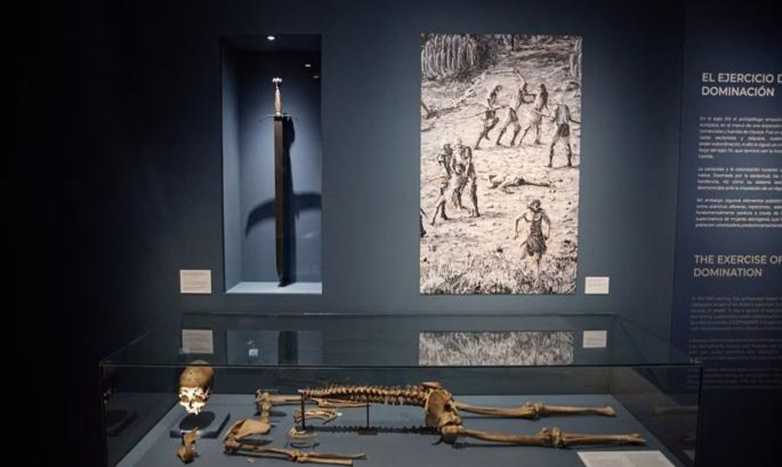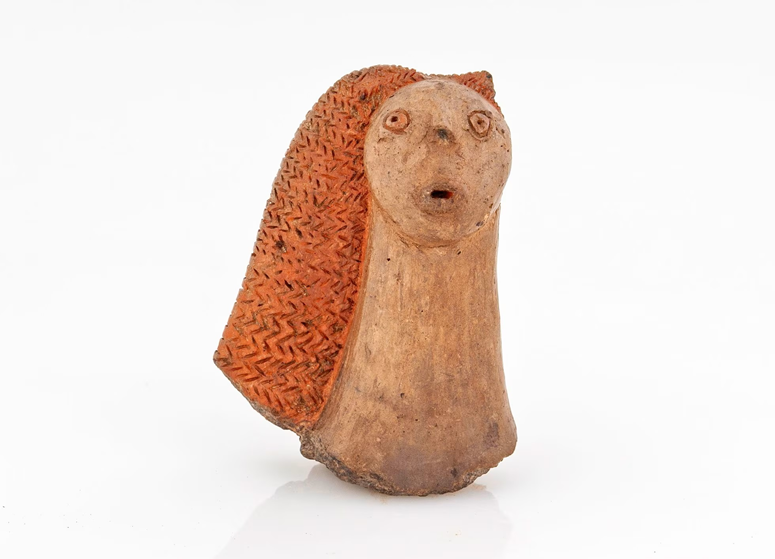The study of genetics reveals developments in the history of the Amazighs in the Canary Islands

The Canary Islands were occupied for more than a thousand years before the arrival of the Castilians, where archaeological excavations and the radioactive carbon 14 dating technique revealed that the first settlement in the archipelago extended between the second and fifth centuries AD, by population groups belonging to North Africa, but the contact of indigenous communities with the coast Continental was very limited until the advent of European sailors.
The history that precedes the Castilian presence in the Canary Islands is a box of mysteries and surprises, as a new scientific study was able to solve the genetic mystery of the indigenous people, revealing how their isolated lives were, and the scenario that was revealed through this study is more complex than previously thought. .

An international team of researchers led by Javier Serrano, a professor at the University of La Laguna, has succeeded in sequencing the genomes of the remains of 40 individuals identified in 23 archaeological sites of the Seven Islands, covering a chronology of 1,300 years, from the third to the sixteenth centuries. Completing the DNA of the archipelago's ancient inhabitants made so far, the results of the study were published this week in the journal Nature Communications.
One of the main conclusions of the research is that the indigenous inhabitants of the islands were genetically very similar to those who inhabited Morocco about 5,000 years ago, that is, in the Neolithic period. The genomes of human remains dating back to 40 people appear, which were compared with the data that Obtained from three sites in North Africa, these societies remained isolated on their own islands, with no contact with the outside world, until the arrival of the first Europeans during the fourteenth century.

According to the results of the research, the Canary Islands are a distinctive window that reflects the past of North Africa in the centuries that preceded the arrival of the Arabs in the seventh century. Serrano and Rosa Frigel (La Laguna and Stanford Universities) explained that only the remains of hunter-gatherers and early farmers in Morocco were studied using techniques How difficult it is to understand this history, which extends from the late Neolithic period to ancient times.
Analyzes conducted in the laboratory revealed that the indigenous population of the Canary Islands is similar to the Neolithic societies of Morocco that inhabited the region about 5,000 years ago, which are characterized by a mixture of North African and European components as a result of the migration of early farmers from Europe to North Africa. In addition, the genetic makeup shows The indigenous population has signs of other migratory flows of sub-Saharan origin, as well as a lineage responding to the southward movement of Mediterranean populations during the Bronze or Iron Age.

The results of the impact of the European Neolithic migrations towards North Africa produced two hypotheses: the first says that the human migrations that affected the archipelago were unequal, as the arrivals went astray to only one region, and the second says that the arrivals colonized different regions of North Africa.
These differences, which exist between the genes of the eastern and western islanders, "seem to have been present since the beginning of the Aboriginal colonization period, and have not changed over time," said research team leader Serrano, who led the research team. "This is important because it determines that if there are unequal migrations between the two regions, It must have occurred at the beginning of the Aboriginal colonization period.”

The conclusion of the study confirms a series of evidence that already exists and suggests the existence of certain differences between the inhabitants of the East Islands and those of the West Islands, such as the diversity found in the inscriptions of the Amazigh alphabet.
Source: websites

